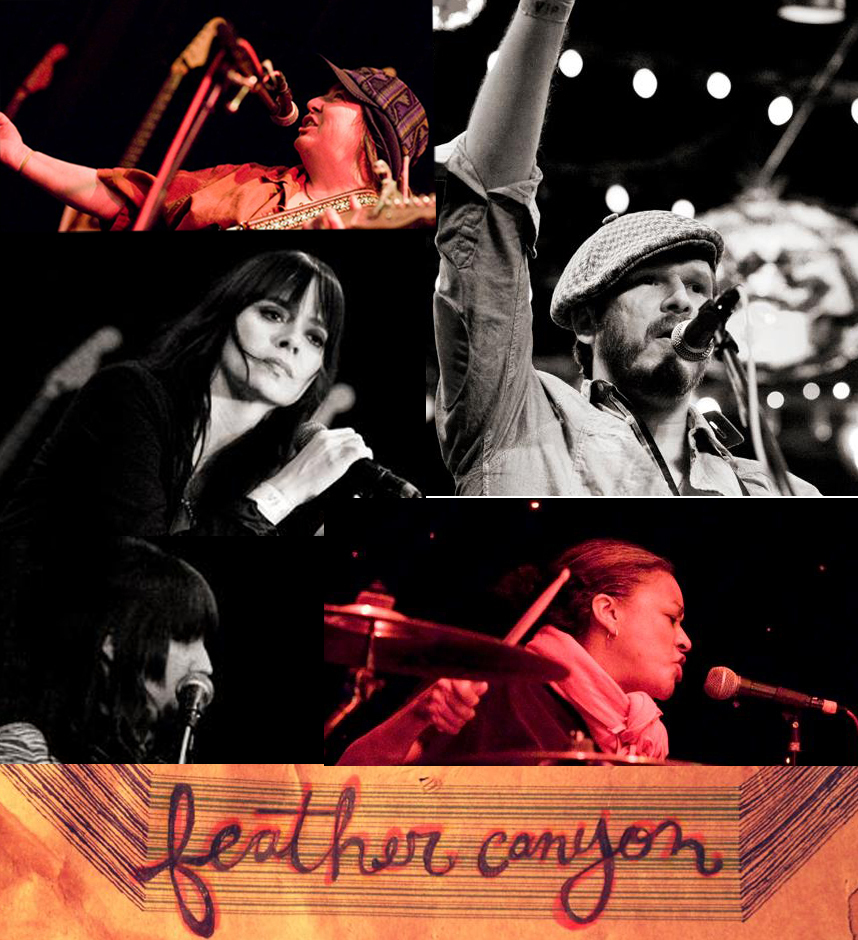

How could a 24-year-old write about looking at life and love from two points of view? Hadn’t young Joni only lived one? I’d always had trouble trusting that as a young adult-Joni was 24 when she composed Both Sides Now -she could have written such a wise perspective.

The song’s lush orchestration and slower interpretation made the song more believable. Once I got over the shock of her huskier voice, I began to appreciate Joni’s revamped Both Sides Now. Take a listen to her two versions of Both Sides Now back to back: Whatever the reason, Mitchell had slid from her famous soprano to a female tenor. Joni, however, claims the change is an unfortunate combination of vocal nodules, a compressed larynx and the lingering effects of polio, which she’d contracted as a young girl. Aware that she’d been a lifelong smoker, I assumed this radical shift could be traced to too many cigarettes. I hadn’t been following Mitchell’s career for a couple decades, but even though I expected her voice would have matured with age, it sure sounded like something beyond growing old had affected Joni’s. As you’d expect, Joni included Both Sides Now, but along with her original version she also offered an updated rendition. But there was more she would teach me.Ībout fifteen years ago, a friend gave me a copy of Mitchell’s latest CD, a retrospective of her long career. It was a refreshing outlook and I had Joni Mitchell to thank. Instead, I chose to think of them metaphorically, comparing my latest inner conflict with the signs of struggle found on a nature trail, or using observations of the birds at my feeder to describe acts of human kindness. Things didn’t seem black or white anymore, nor did I feel compelled to label them good or evil. I stopped seeing significant events as if they were only newspaper headlines. Ideas for poems started coming fast and furious, sometimes two or three a day. Inspired by her uncommon vision, I started writing my own observations of the world. By building her song with those unique images, Mitchell does what the best writers always manage to do: they let us see the world in new ways. Throughout Both Sides Now, Joni relies on metaphor, expressing love as “moons and Junes and Ferris wheels and the dizzy dancing way you feel,” then imagines “dreams and schemes and circus crowds” as life. Who among us hasn’t looked at the white shifting shapes above and seen something more than condensed water vapor? Now that was a poetic image I could comprehend. Metaphors are words or phrases that compare two things not normally thought of as relatable, and within the opening stanza of her song, Joni accomplishes this three times: Though I didn’t know it at the time, Joni used a poetic technique known as metaphor to tell her Both Sides story. Joni Mitchell’s Both Sides Now was the first song I heard as a poem. One song in particular would have landed me an A. If those teachers could have observed me studying my favorite lyrics I might have at least earned a little extra credit. Neils Diamond and Young, Paul Simon, with or without Garfunkel, Jackson Browne, Cat Stevens and others, stirred emotions in me that my English teachers hoped I’d feel from their elusive poets. I had no trouble relating to the singer-songwriters of my teen years. Instead, I discovered my muse after the school day, homework unfinished on my bedroom desk, while I listened to the real poets: pop singers offering their verses from radio airwaves or my hi-fi. It certainly wasn’t high school English class that inspired my lyrical writing I found classic poetry as difficult to comprehend as a foreign language. Although these days I primarily write non-fiction essays or books, in my heart I’m a poet. For reasons I’ve never fully understood, when something personal needs to be expressed, it comes out as a poem.


 0 kommentar(er)
0 kommentar(er)
